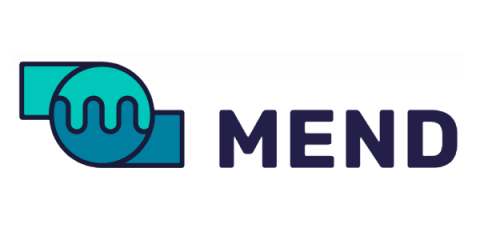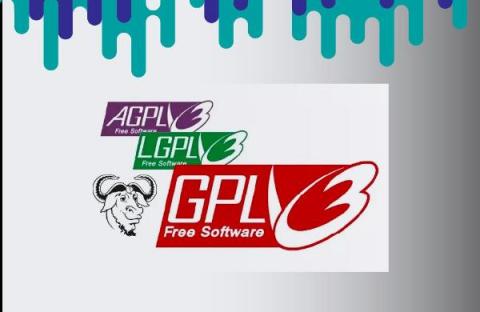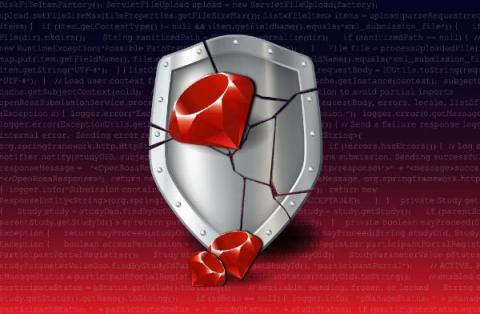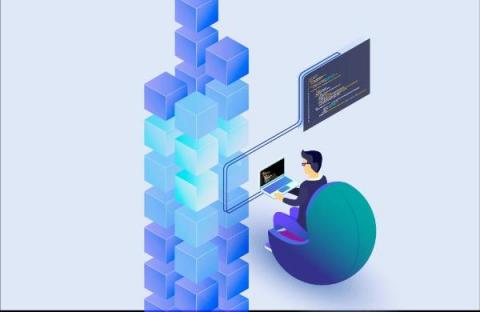Understanding the Anatomy of a Malicious Package Attack
To identify malicious packages and protect yourself against them, you need to know what to look for. Here’s a simple guide. In January 2022, users of the popular open-source libraries “faker” and “colors” suddenly found their applications started to malfunction and display nonsensical data because they had been infected by a malicious package.








